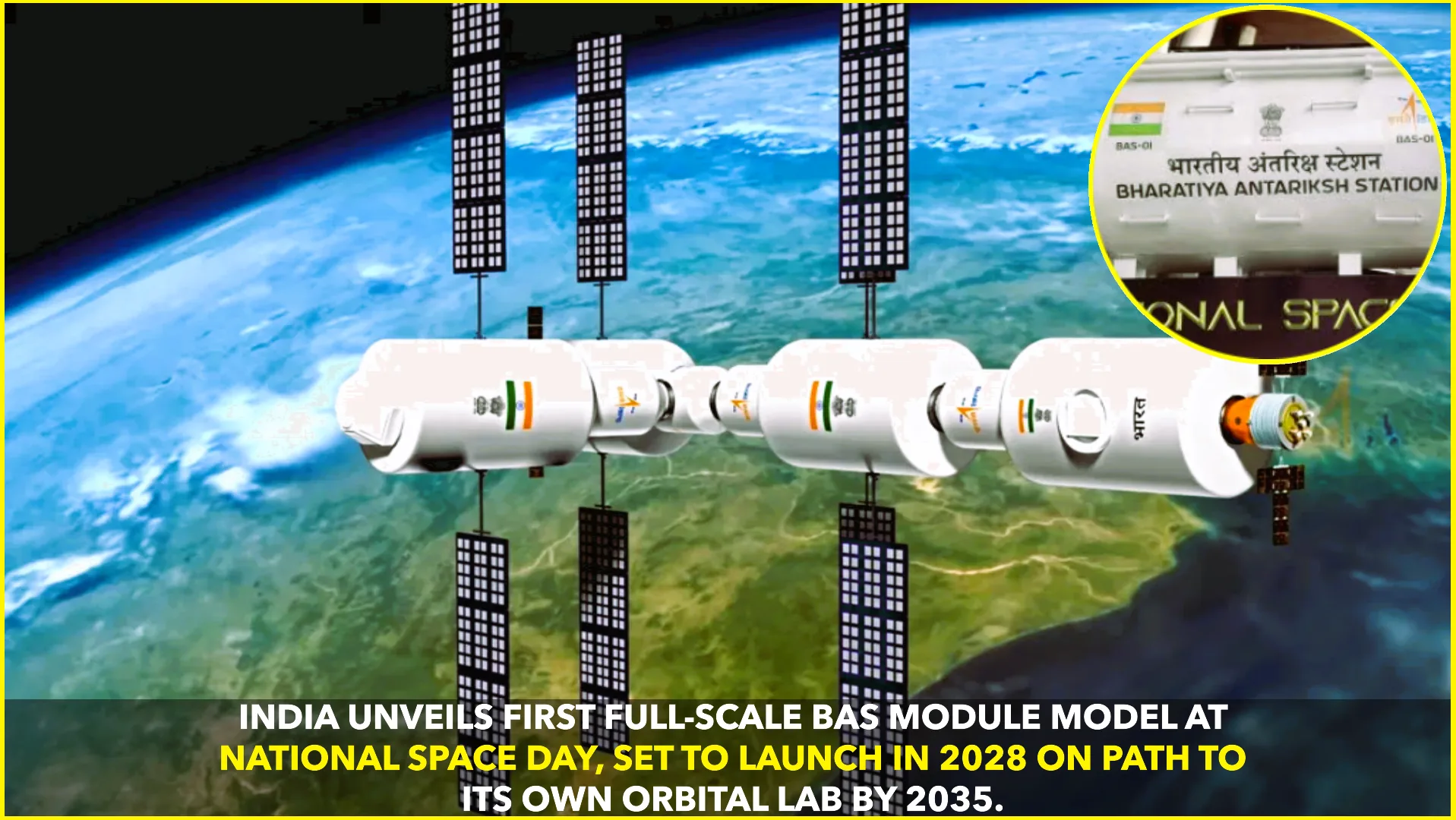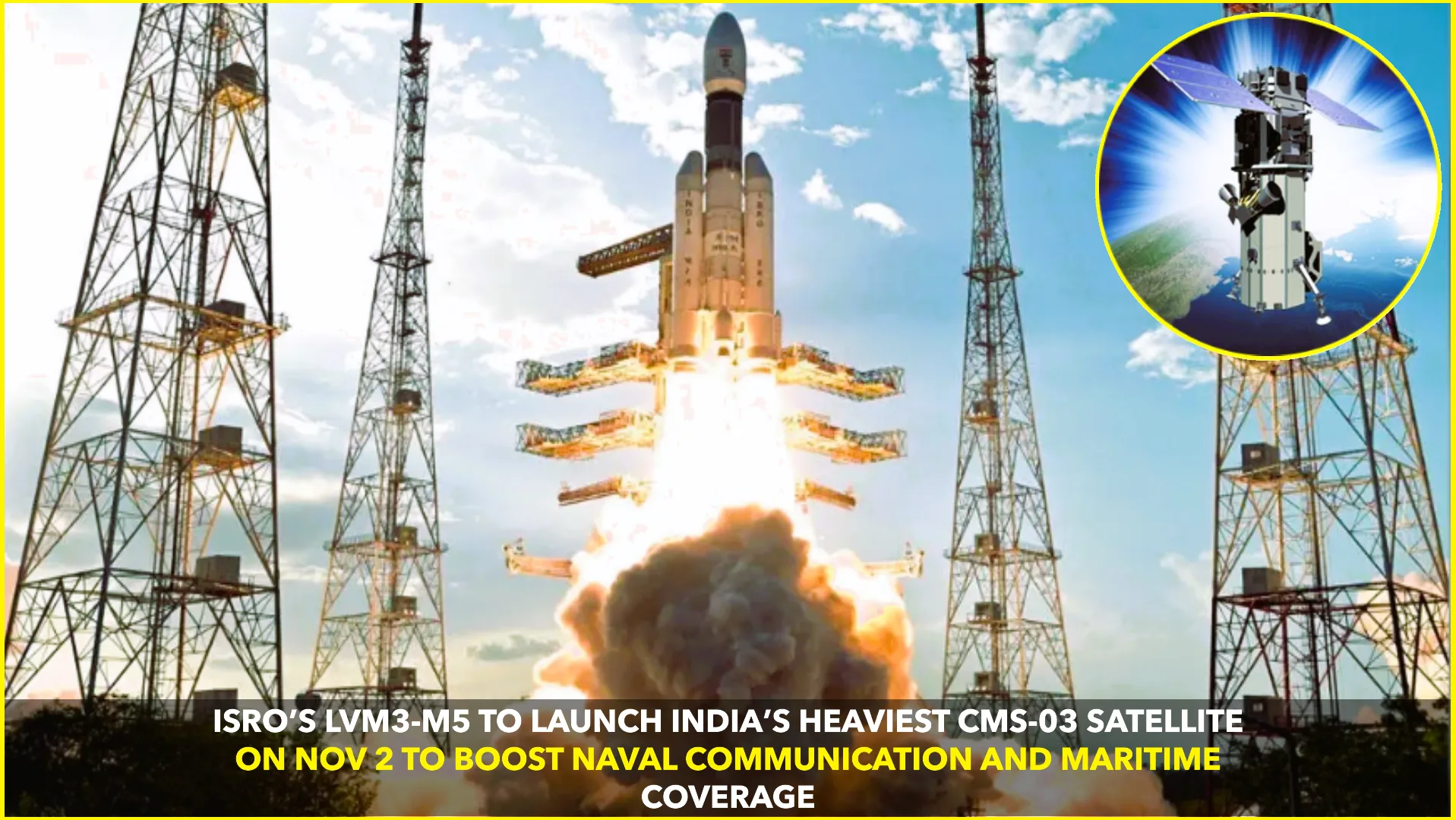At the National Space Day celebrations held in New Delhi on August 23, 2025, the Indian Space Research Organisation (ISRO) unveiled the first full-scale model of the Bharatiya Antariksh Station (BAS) module. This marks a pivotal moment in India’s push toward establishing its own orbital laboratory, signaling its entry into an exclusive league of space-faring nations with homegrown space stations.India TodayThe Federalwww.ndtv.com
A Bold Vision Comes into View
The showcased model, known as BAS-01, measures roughly 3.8 meters in diameter and stretches around 8 meters in length. It weighs approximately 10 tonnes and is designed to operate at an altitude of about 450 kilometers in low Earth orbit (LEO). The first actual module is slated for launch by 2028, laying the foundation for a full-fledged space station.
Looking ahead, ISRO plans to deploy a five-module station by 2035, an ambitious goal that would firmly establish India among the elite group of nations operating orbital labs.www.ndtv.comIndia TodayThe Federal
Technology Rooted in Indigenous Innovation
What stands out about BAS is its emphasis on self-reliance. The model incorporates an array of indigenously developed technologies, including:
- Environmental Control and Life Support System (ECLSS)
- Bharat Docking System and Bharat Berthing Mechanism
- Automated hatch for crew transport
- Viewports for scientific imaging and crew recreation
- Platforms for microgravity research and technology demonstrations
- Capability for refuelling propulsion and life-support fluids
- Radiation, thermal, and MMOD (Micro-Meteoroid Orbital Debris) protection, airlocks and space suits, and plug-and-play avionicswww.ndtv.comThe FederalWikipedia
Together, these features form a comprehensive toolkit for sustaining human life, conducting complex research, and managing operations in space.
A Platform with Multiple Ambitions
Once operational, the Bharatiya Antariksh Station is expected to serve various purposes:
- Scientific research in fields like life sciences, medicine, and interplanetary exploration
- Microgravity studies that can deepen our understanding of physical and biological processes
- Technology testing, aiding the development of next-generation systems for future missions
- Opening doors to space tourism, adding a commercial dimension to India’s space economy
- Expanding international collaborations, enabling joint missions and shared scientific discoverieswww.ndtv.comIndia TodayThe FederalWikipedia
Moreover, ISRO hopes BAS will ignite the imagination of young minds across India, inspiring the next generation of scientists, engineers, and explorers.
Strategic Leap and Global Presence
By 2028, the launch of BAS-01 will place India closer to operational status alongside established orbital stations like the International Space Station (ISS) and China’s Tiangong station—currently, the only two fully functioning orbital laboratories in the world.
The timeline that stretches to 2035 underscores ISRO’s long-term vision and commitment. Combined with other initiatives—such as the upcoming Gaganyaan human spaceflight missions, the Chandrayaan-4 lunar sample return, and future Venus missions—this project portrays a well-rounded and future-ready space exploration roadmap for India.
Furthermore, BAS’s design aligns with international docking standards and orbital mechanics, as noted in India’s cooperation with the European Space Agency (ESA). This collaboration points to potential future joint missions and a cross-border sharing of space resources and knowledge.Wikipedia
Setting the Stage for the Stars
The unveiling happened amid India’s second National Space Day celebrations—set on August 23 to commemorate the Chandrayaan-3 lunar landing in 2023. Prime Minister Narendra Modi and ISRO leadership underscored that breaking new frontiers and achieving successive milestones has become second nature for India’s space program and its scientists.
By showcasing the BAS-01 model now, ISRO has not only revealed a piece of hardware but also a symbol: a tangible representation of ambition, innovation, and the bold path India is charting among spacefaring nations.
Conclusion
With the unveiling of BAS-01 on National Space Day 2025, India has taken a defining step toward establishing its own orbital laboratory. By 2028, the first module is expected to launch, and by 2035, the full station may be in orbit—propelling India into the forefront of space exploration with a homegrown, multifunctional platform in space.










